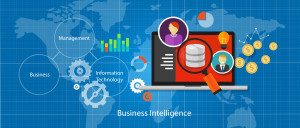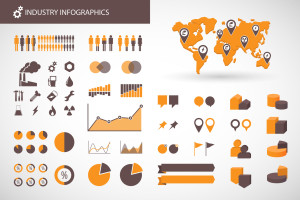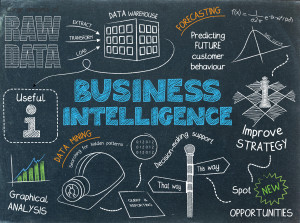As the saying goes: all good things must come to an end. And the category of “good things” should definitely include your business intelligence software. In order to keep your technology up-to-date (and to make sure you continue paying the supplier), BI software providers make it a note to add new features every couple of years. Sometimes, users are able to continue on their current system for several years without upgrading, but even those original softwares will eventually expire.
In this post, we’ll evaluate your options once your business intelligence solution becomes no longer valid.
 Considering Your Options
Considering Your Options
Before any major decisions are made, it’s advised that you take the time to weigh your options to determine which one will give you more bang for your buck. And more than that, remember that business intelligence is an investment that pays off in time. This means you should prioritize getting the best data for your organization first and then look at pricing as a second priority.
Staying & Upgrading
As a recent and relevant example, Microsoft’s SQL Server 2005 has served users with a decade of business intelligence. Now, despite its long-tenured history, that 2005 version is set to expire in April 2016. While users can migrate to a new system entirely, they can also simply upgrade to the 2014 version of SQL Server. This saves staffs ample amounts of time by staying with the same framework and only having to learn the updates, rather than an entirely different software.
Another perk of staying with your BI solution is that the migration of data from one system to another will likely be seamless as companies are eager to move you to their latest versions. There’s great value and comfort that comes with staying with your already-established team and if you’re satisfied with the service up to this point, then hopefully their upgrades will appease any of your doubts.
Migrate to Another System
Of course, another option organizations have is to ditch their current BI supplier for another one that may be more promising. Due to contracts or user agreements, some companies may feel trapped with their BI supplier and have decided to just make the most out of their equipment until it expires.
Once it expires, however, it can feel like a breath of fresh air where all the options are now on the table again — like a free agent athlete. If you find yourself in this situation, make sure to evaluate your last BI software.
Ask yourself: What did I like? What more do I need? How much am I willing to spend? What kind of data will be necessary?
When you have these questions answered for yourself, make sure to drill the sales teams of other BI suppliers to ensure your next commitment is fruitful and effective for your company.
Ditch BI Entirely & Go Back to DIY
The least popular option when your BI solution expires would be to take a step back and ditch BI software entirely. This option may work well for organizations that are losing money or aren’t big enough to warrant such heavy data collection.
Rather than searching for new technology, one can look for an in-house specialist to analyze data and help coordinate decision making. This option can be extremely less expensive. Plus, one will have the opportunity to speak to someone about their data rather than trying to understand what the software is trying to tell you.
No matter which of these options you choose, it’s imperative that you speak with your managers and decision makers to ensure your next step is one in the right direction and towards a more efficient and profitable business.










